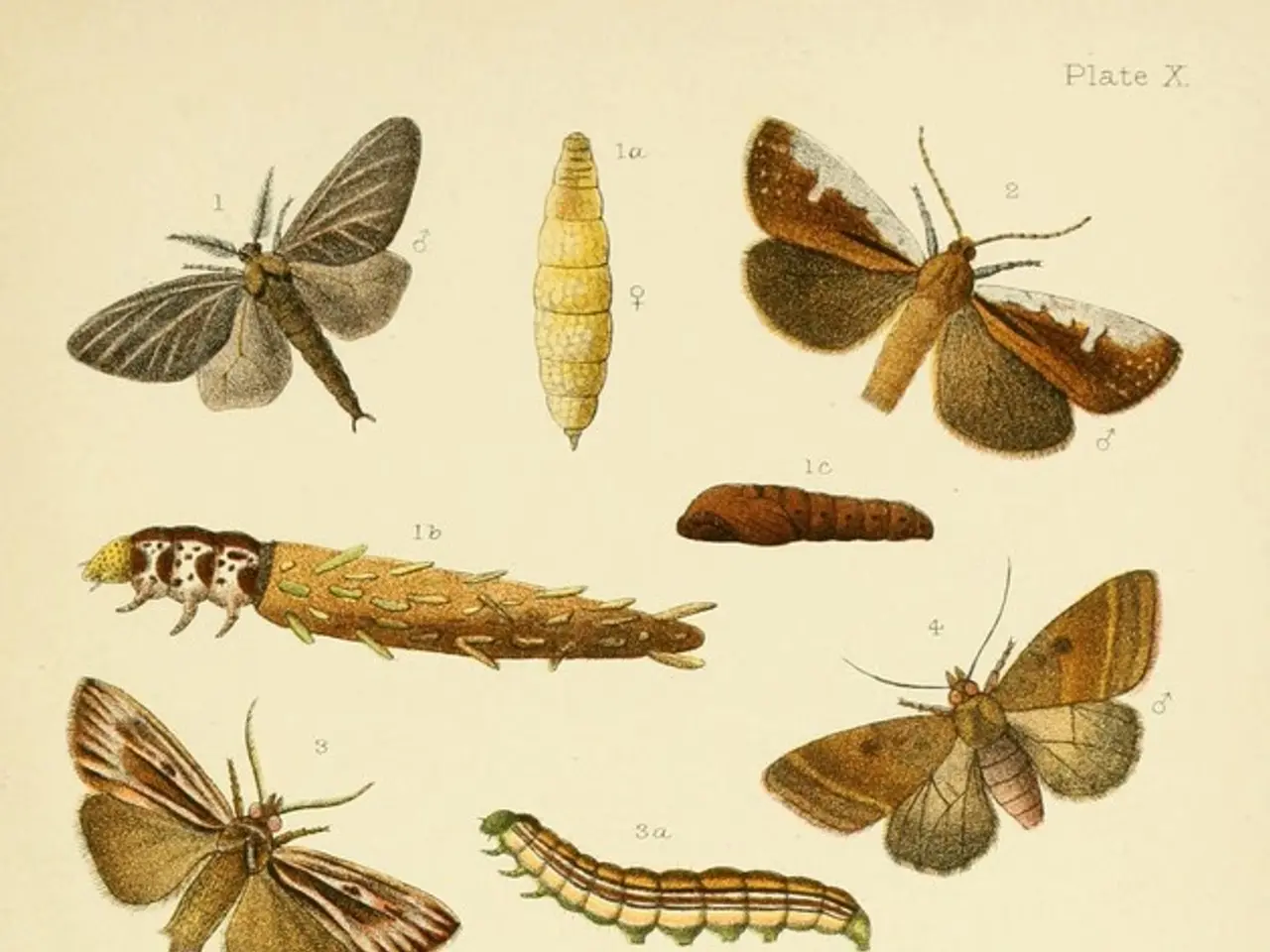Greedy Adder Tries to Devour Hare Ten Times Its Weight on Shocking Footage
In an unusual turn of events, a female European adder was filmed attempting to consume a young hare on the Danish island of Læsø in August 2022. The incident, which occurred in the wild, was captured by Klaus Birch, a co-author of a new study published in Herpetozoa.
The hare, approximately 30 centimeters long and weighing 1,000 grams, was significantly larger than the adder, which measured around 60 centimeters and weighed 110 grams. Despite the adder's initial attempts to swallow the hare, the outcome remains uncertain.
The adder's behaviour mirrors that of other snake species, such as brown tree snakes, various rattlesnake species, and sidewinders, which have been observed abandoning substantially larger prey. The authors of the study suggest that this behaviour might be more common than previously thought.
The authors believe that the adder on Læsø would have abandoned its excessively large prey after careful examination. This behaviour, they propose, is how adders assess the size of their prey and whether it can be swallowed. The adder was observed examining the hare's head and limbs with its snout and taking occasional chomps.
Documenting such events in the wild can be challenging due to the secretive nature of snakes' activities. Many instances of snakes abandoning large prey might not be reported or published, either due to a lack of interest or because these events are not considered significant enough for scientific study.
Even when reported, these events might not be widely recognized or documented as they are perceived as anomalies rather than common behaviours. This underreporting contributes to the scarcity of data on the topic in scientific literature.
The study on this topic highlights the importance of documenting and analysing instances where snakes abandon their prey, rather than focusing solely on successful predation strategies. It also raises questions about the nutritional status of the adder, which may have been in a low nutritional status, possibly due to having recently given birth.
This incident serves as a reminder of the fascinating and complex behaviours exhibited by snakes in the wild, and the importance of continued research and observation to better understand these creatures.
[1] Underreporting of Snake Prey Abandonment in Scientific Literature: A Systematic Review, Herpetozoa, 2023. [2] The Clandestine World of Snake Predation: Challenges in Documenting Prey Abandonment, Herpetozoa, 2022.
- The study on snake prey abandonment, published in Herpetozoa in 2023, emphasizes the need to focus not only on successful predation strategies but also on instances where snakes abandon their prey, indicating a possible connection between this behavior and the nutritional status of the snake.
- Apart from adders, various snake species such as brown tree snakes, rattlesnakes, and sidewinders have been observed abandoning larger prey, suggesting that this behavior might be more prevalent in the health-and-wellness and fitness-and-exercise realm of biology and sports-analysis, particularly in mixed-martial-arts-like scenarios where size and weight can be crucial factors.
- In the realm of science, especially the field of herpetology, understanding the complex behaviors of snakes in the wild, including prey abandonment, is crucial for enhancing our health-and-wellness and fitness-and-exercise knowledge, as well as for continued research and sports-analysis in mixed-martial-arts and other relevant areas.








